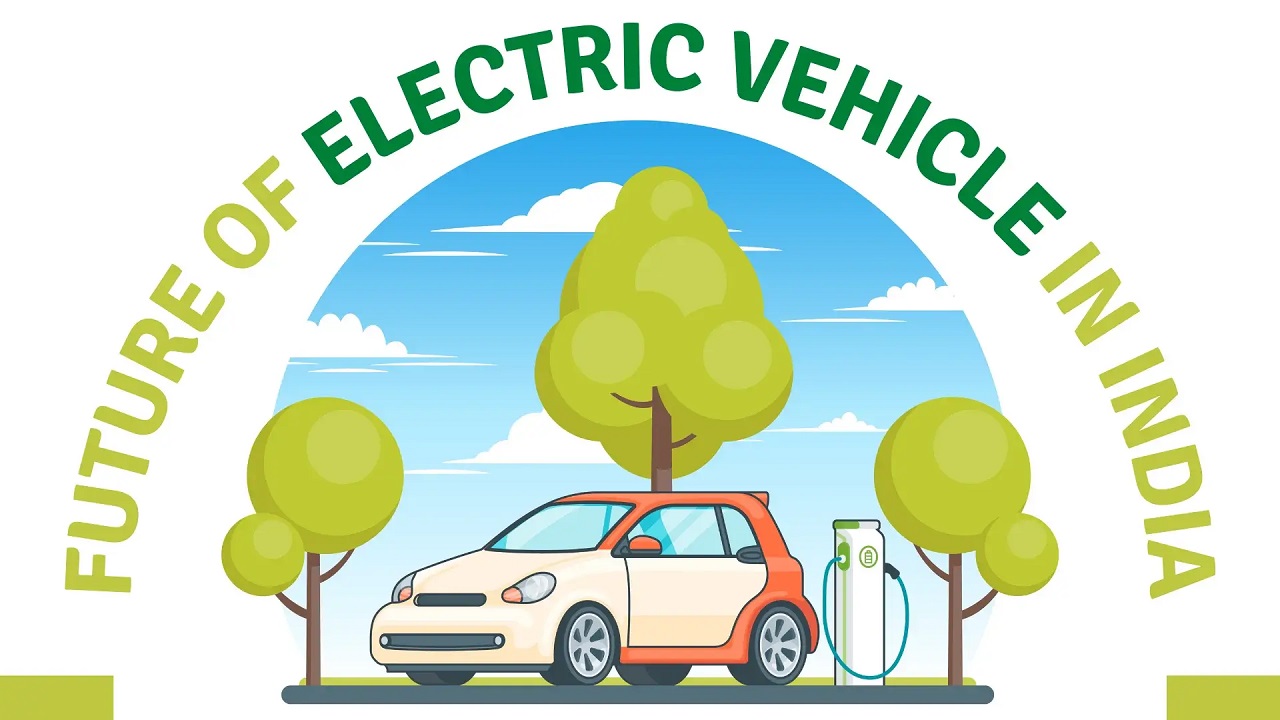India’s Electric Vehicle Transition : Unlocking a $200 Billion Opportunity by 2035
Context
NITI Aayog recently launched a report titled “Unlocking a $200 Billion Opportunity: Electric Vehicles in India”, which outlines a comprehensive roadmap to accelerate Electric Vehicle (EV) adoption in the country by 2035. The report highlights the economic, energy, and environmental benefits of transitioning to EVs, along with the reforms, investments, and institutional actions needed.
Introduction
India’s shift towards electric mobility is driven by the dual objectives of environmental sustainability and energy security. As one of the fastest-growing automobile markets, India has the potential to become a global hub for affordable and clean EV technologies. The report presents a structured vision of how India can tap into a $200 billion opportunity through green mobility, create jobs, reduce emissions, and enhance self-reliance in energy and manufacturing.
Key Highlights of the Report
-
India’s EV market has the potential to unlock a $200 billion opportunity by 2035 through growth in manufacturing, services, and clean energy sectors
-
The transition can help avoid 1 gigatonne of CO₂ emissions and save up to ₹3.7 lakh crore in oil imports
-
EV sales have grown significantly from 0.5 percent in 2018 to 7.7 percent in 2024
-
Over 6.5 million EVs are currently operational, with 12 lakh EVs registered in 2024 alone
-
India had 25,000 public chargers as of October 2024; around 2.9 million chargers are required by 2035
-
29 States and Union Territories have notified EV policies; 4 more are in the drafting stage
-
India’s annual battery demand is projected to exceed 250 GWh by 2035
-
The EV sector could create over 10 million direct and indirect jobs
-
The shift to EVs could result in savings of 474 million tonnes of oil equivalent (MTOE) and reduce 839 million tonnes of CO₂ emissions by 2035
Strategic Opportunities from EV Transition
-
Reduces dependence on imported crude oil, thereby enhancing energy resilience
-
Boosts green manufacturing under Atmanirbhar Bharat through domestic production of EVs, batteries, and components
-
Facilitates cleaner and more efficient urban mobility systems, including shared and public transport
-
Encourages growth of an innovation ecosystem, with startups and R&D in battery technology, software, and smart mobility
-
Drives the development of sustainable infrastructure, such as smart grids and energy-efficient urban planning
Key Enablers for Accelerated EV Adoption
-
Need for a stable and long-term policy architecture at both central and state levels to reduce uncertainty for investors
-
Ensure low-cost and accessible financing, particularly for informal sector buyers and MSMEs
-
Strengthen the entire EV value chain, including manufacturing, recycling, and reuse of batteries and components
-
Rapid expansion of public charging infrastructure, with a target of 2.9 million chargers by 2035
-
Introduce demand-side incentives, such as subsidies, tax reductions, and carbon credits to lower the initial cost of EVs
Challenges Highlighted
-
High upfront cost of EVs, mainly due to expensive battery components
-
Limited access to financing, especially in rural areas and among low-income groups
-
Uneven distribution of charging infrastructure, with a focus on metro cities, leaving smaller towns and rural areas underserved
-
Underdeveloped recycling ecosystem for batteries and low R&D in localisation of EV components
-
Policy fragmentation across states, leading to inconsistent regulations and lack of national-level coordination
Way Forward
-
Establish a national-level framework such as Mission EV@30, with cross-ministry representation and state collaboration
-
Prioritise localisation of battery cell production and secure access to critical raw materials
-
Create a Unified Green Transport Fund to finance public transport electrification, retrofitting, and charging networks
-
Expand the India EV Market Index (IEMI) into a dynamic EV Readiness Index to track and incentivise state-level progress
-
Ensure a just transition by retraining workers from the internal combustion engine sector in EV manufacturing and servicing
Conclusion
India’s EV journey is not just an environmental necessity but a powerful economic and strategic opportunity. With coordinated action on policy, financing, localisation, and infrastructure, India can become a leader in clean and inclusive mobility. The benefits span across energy savings, job creation, carbon reduction, and technological self-reliance, placing India at the forefront of the global green mobility revolution.




Comments (0)